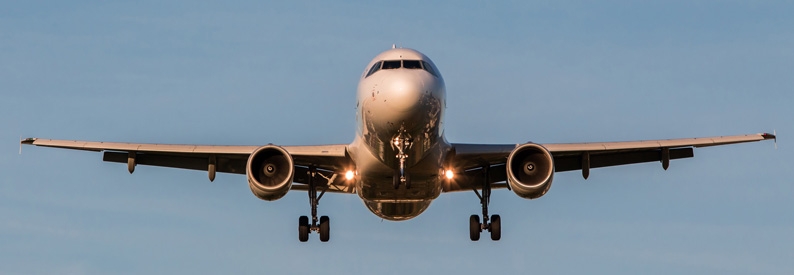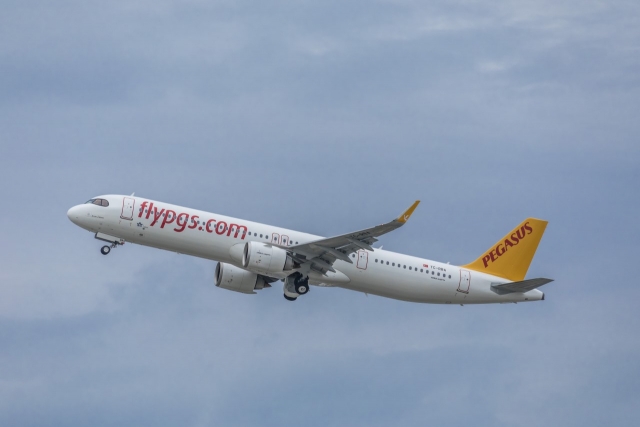Airbus Completes Its First A319neo Flight On 100% Sustainable Fuel
Airbus, in collaboration with a number of other companies and organizations, completed an A319neo test flight using unblended, 100% sustainable aviation fuel (SAF). The fuel, provided by Total Energies, was primarily composed of used cooking oil as well as other waste fats. Currently, the aviation industry’s use of SAF is most often a 50/50 blend, with the other half comprised of regular jet fuel.

A group effort
Today, October 29th, Airbus has announced the launch of “the first in-flight study of a single-aisle aircraft running on unblended SAF. The study is a group effort that involves other French organizations, including Dassault Aviation, ONERA, the French Ministry of Transports, and Safran.
So what will each group be doing in this project?
- Airbus, in collaboration with German Aerospace Center DLR, is responsible for characterizing and analyzing the impact of 100% SAF on ground and in-flight emissions.
- Safran’s focus is on SAF optimization and compatibility related to the fuel system and engine adaptation for commercial and helicopter aircraft.
- ONERA, an aerospace lab, is supporting Airbus and Safran in analyzing the compatibility of the fuel with aircraft systems. The firm is also in charge of preparing, analyzing, and interpreting test results for the impact of the unblended fuel on emissions and contrail formation.
- Dassault Aviation will contribute to material and equipment compatibility studies while verifying 100% SAF biocontamination susceptibility.

50% of engines used 100% SAF
Although the study was announced today, the test flight took place the day prior, on October 28th. During the test flight, a CFM LEAP-1A-powered A319neo flew over the Toulouse region.
Airbus’ statement on its achievement highlights that the flight was conducted with 100% SAF. However, taking a closer look at the story reveals an interesting point about the test flight. Indeed, it states that only one engine of the aircraft operated on this unblended SAF.
What is the fuel made of?
While the origins of conventional jet fuel are relatively standard, sustainable aviation fuel can be derived from a wide range of sources. This can range from forestry waste to used cotton clothing.
In the case of the A319neo flight, the unblended SAF was provided by Total Energies and is produced in Normandy, close to Le Havre, France.
This unblended product is made from Hydroprocessed Esters and Fatty Acids (HEFA). HEFA, as Airbus states, “primarily consists of used cooking oil, as well as other waste fats,” and is free of aromatics and sulfur.
Approximately 57 tonnes of SAF will be used for the entire test campaign. Meanwhile, the 100% SAF will also be made available for testing compatibility and engine operability on the Safran Helicopters’ Arrano engine, which is used on the Airbus Helicopters H160. This testing is expected to start in 2022.







